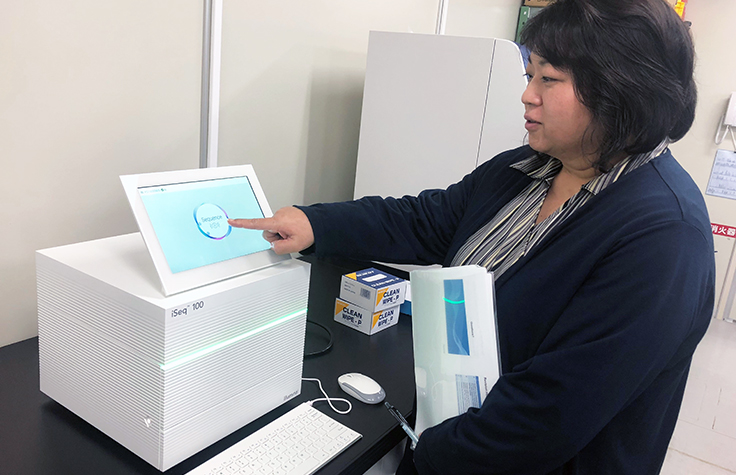In 2012, an industry-wide union of software and hardware manufacturers embraced Secure Boot to shield Windows tools against the risk of malware that can contaminate the BIOS and, later on, its successor, the UEFI, the firmware that filled the os each time a computer system booted.
Firmware-dwelling malware elevates the specter of malware that infects the devices before the operating system also tons, each time they boot up. From there, it can remain immune to detection and elimination. Safeguard Boot makes use of public-key cryptography to block the loading of any code that isn’t authorized with a pre-approved electronic signature.
2018 requiring its biography
Since 2016, Microsoft has called for all Windows tools to consist of a strong, relied on system component that implements Secure Boot. To this day, organizations commonly pertain to Secure Boot as an essential, if not essential, structure of rely on securing gadgets in a few of one of the most crucial atmospheres.
Microsoft has a much more difficult time needing Secure Boot to be imposed on specialized tools, such as clinical tools utilized inside study laboratories. As a result, gear made use of in a few of the globe’s most delicate atmospheres still doesn’t implement it. On Tuesday, researchers from firmware protection firm Eclypsium called out among them: the Illumina iSeq 100, a DNA sequencer that’s a staple at 23 andMe and hundreds of various other gene-sequencing research laboratories around the globe.
The iSeq 100 can boot from a Compatibility Support Setting, so it collaborates with older heritage systems such as 32 -bit OSes. When this is the case, the iSeq loads from biography B 480 AM 12, a variation that dates to 2018 It nurtures years’ well worth of vital vulnerabilities that can be manipulated to carry out the kinds of firmware attacks Secure Boot pictured.
In addition, Eclypsium claimed, firmware Read/Write defenses aren’t made it possible for, meaning an opponent is complimentary to change the firmware on the device.
Eclypsium wrote:
It must be kept in mind that our analysis was restricted specifically to the iSeq 100 sequencer device. However, the problem is likely a lot more broad than this single model of gadget. Clinical gadget makers tend to concentrate on their distinct location of knowledge (e.g. genetics sequencing) and rely upon outdoors vendors and solutions to develop the underlying computer infrastructure of the tool. In this instance, the issues were tied to an OEM motherboard made by IEI Combination Corp. IEI establishes a vast array of industrial computer items and preserves a specialized industry as an ODM for medical gadgets. Because of this, it would certainly be very likely that these or comparable issues might be located either in various other clinical or commercial devices that use IEI motherboards. This is an ideal instance of how blunders early in the supply chain can have much getting to effects across numerous sorts of gadgets and suppliers.
In an e-mail, Eclypsium CTO Alex Bazhaniuk wrote: “To be reasonable, with an OS that does not obtain the most current safety updates, there are lots of risks and dangers, and also how each IT company handles their own possessions on their network.”
